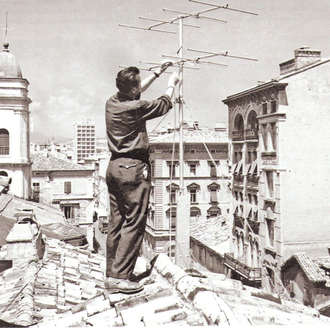Trajanje
53 minute, 53 sekunde
A journey of a thousand miles starts with the first step, as the old Chinese proverb tells us. The more successfully European Capitals of Culture manage the early steps of their task, the stronger and more successful becomes the subsequent legacy. A European Capital of Culture is effectively 4 projects:
a) The transition from Bidding to Delivery organisation;
b) The development of the Artistic programme for the year;
c) The delivery of “The Year”;
d) The long term legacy – though which the City;
should, ideally, feel and work differently.
The transition is often the most difficult and problematic time. And if things start to go wrong or are badly managed in those early couple of years, inevitably the team spends much of the buildup period in firefighting mode. The result is that much of the focus is on recovery, and even if the year itself is eventually a success, the longer-term impacts are less so. In Peterson’s
experience – which he will share during his lecture and the seminar – if the right focus is given to communication and planning processes in that transitional period, there is a much better chance of the longer term impact of the city.
Developing a clear and shared City narrative, managing the expectations of the public and key stakeholders, and an honest recognition that not everything will work perfectly during the buildup years form part of an approach to communication which will get people on your side. It is also important both to set out and deliver against some clear milestones so that people can
sense positive change, even though there will also be some setbacks. This lecture will share examples of how some ECoCs have been able to deliver this and demonstrate some avoidable pitfalls. It will also cover the ability to develop shared objectives with key stakeholders at the national and regional level in order to deliver improvements to areas such as tourism. Finally, we will also be examining the importance of linking the evaluation and monitoring framework to communication so that the sense of positive change taking place can be measured and shared.
